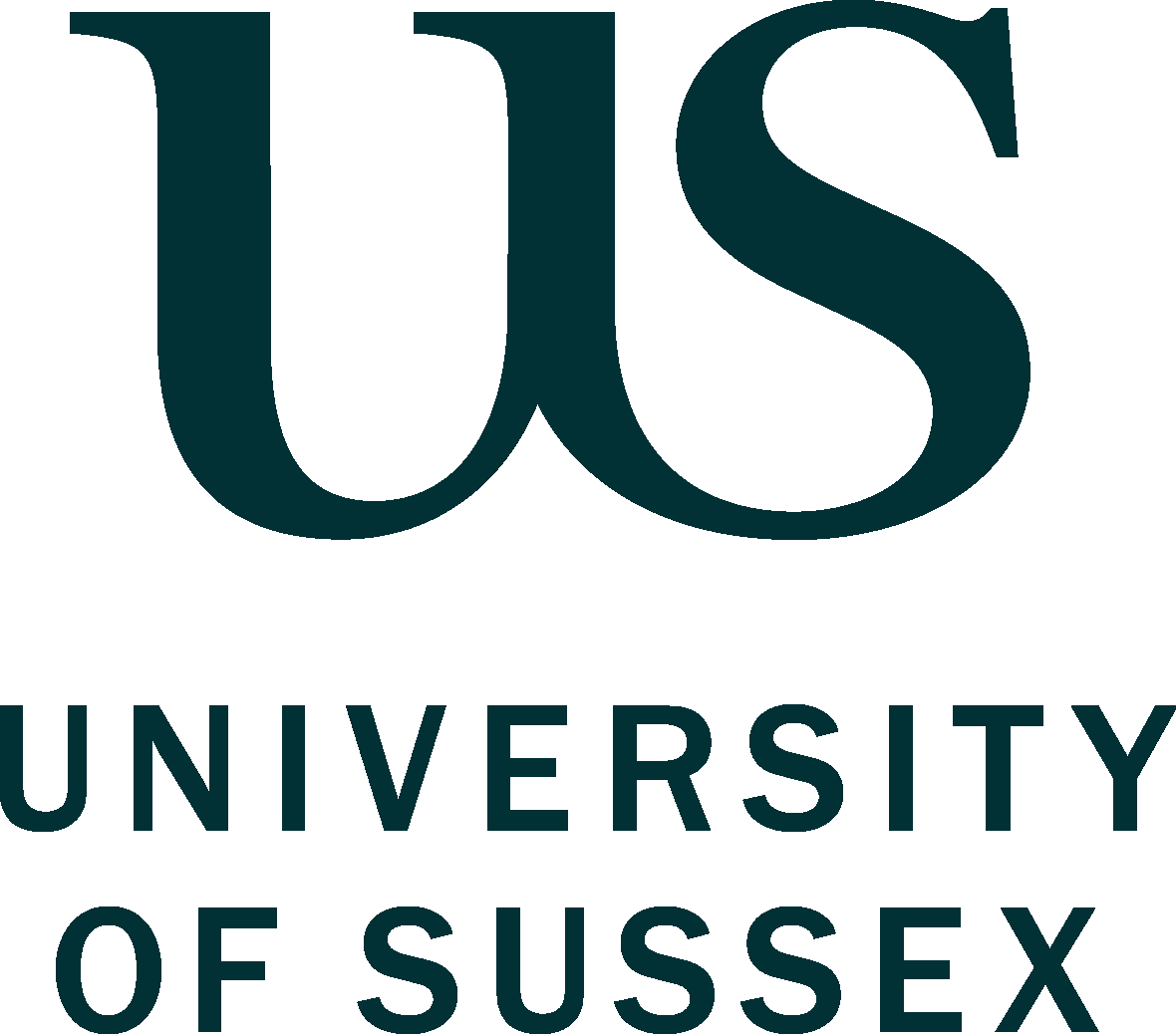Using triadic reflective dialogue to support active learning
Dr Conor Mellon
What is the idea?
This chapter outlines a process where learners can engage in a reflective dialogue to support active learning. Fink’s (2003) holistic model of active learning is underpinned by three specific components: 1) experience, 2) reflective dialogue, and 3) information and ideas. Of these components perhaps reflective dialogue can often be the most challenging. The development of collaborative reflective talk can support active learning, as learners unpack learning experiences in a safe but critical way (Dewing, 2010).
Why this idea?
Dialogic reflection – i.e., where discussion forms part of the reflective process – allows the learner to articulate their views, and then disrupt and reconceptualise their thinking (Brown & Sawyer, 2016). Through this type of dialogue, the learner demonstrates agency and ownership over their learning journey (Wen et al., 2015). It can be used at different points during the learning process in a topic, module, or programme. The most significant difficulty with this process involves the vulnerability that accompanies an open description of our own actions, thoughts, and feelings. This however is part of the healthy scepticism that accompanies any reflective process, and signifies that the learner is continuing to learn, to make mistakes, to experience success, and to grow (Walker et al., 2013). Trust in our peers is, however, crucial. This sense of trust relates not only to a mutual understanding around care, safety, and support, as we pull apart our ideas and experiences, but also trust in that we can each expect an element of challenge in the dialogue (Timperley, 2015).
How can others implement this idea?
The sequence below makes explicit use of Rushton’s (2017) triadic model for effective questioning. His work focused on a triadic reflective process with experienced educators, where they explored their comfortability with different forms of reflective questioning. Here however this model is adapted to focus exclusively on reflection and uses a modified version of Fink’s (2003) reflective questions on the learning process. While of course it is possible to engage in a reflective dialogue with a single individual or larger groups, the limiting to three participants here has the benefit of maintaining a safe but productive space for authentic reflection:
-
Exploration and Experimentation
As a first step, educators should explore the concepts of reflection and dialogue with learners. They should discuss the strengths and weaknesses of reflection, the available tools, and what dialogue offers. They should also introduce the main skills involved in the process, including ‘curiosity and inquiry, quietude and active listening, suspending assumptions and expressing viewpoints’ (Boluk et al., 2019, p. 26). Learners might practice some of these specific skills e.g., participate in active listening, or use inquiring questioning to support narratives. The educator and learners can also agree on a form of charter, to support their engagement in reflective dialogue. For example, they might make a commitment to creating a safe reflective space, to active listening, to respecting multiple perspectives, or to accepting challenge. This charter can be revisited when needed.
2. Agreement and Refinement
Following this preparatory phase, the learners engage in an initial reflective dialogue. They are given prior notice that they will engage in a dialogue about their learning journey in the topic, subject, module, etc. They should be given the questions that will support their discussion in advance:
-
-
- What am I learning? How would I describe my learning journey so far? How have I felt during this time?
- Of what value is this learning? What is it doing for me now? What will it do for me in the future?
- How did I learn best during this time? What was most comfortable? What was difficult?
- What else do I need to learn? What future actions can I take?
-
In keeping with object-based learning processes (Tam, 2015), and in order to stimulate dialogue, they may bring along an artefact that says something ‘key’ about their journey e.g., a sample of work, an image, a resource, an object, etc.
Each participant is given the same length of time e.g., 10 minutes, to engage in a discussion on their experience. Another participant acts as the facilitator, where they pose the above questions, but they can also go further here, clarifying points, asking how they felt, or took particular actions. Eliciting the emotional impact of the learning experience is important as authentic reflection is anchored to feelings (Moon, 2013). The facilitator should also support the speaker through a resolution or toward future actions. The other participant in the discussion should keep a detailed record, noting down key responses and ideas. Over the course of the dialogue, the three learners each take up the role of narrator, facilitator, notetaker. By the end of the discussion there is a detailed record of the three interactions that they can all look back over and aid their overall reflection on the process. This record can also support any individual reflective writing, and it can contribute to a learning/reflective portfolio. It can even act as a stimulus for the next triadic reflective dialogue, where the group can revisit key points and check in on the planned actions.
At the close of this first dialogue the educator should facilitate a whole-group discussion around the experience and the learners’ thoughts on areas of the process for further refinement or consolidation.
3. Implementation and Facilitation
Based on this first experience, it is a good idea to revisit the preliminary charter and make agreed adjustments. Learners and educators can then proceed with implementing triadic reflective dialogues at mutually agreed points in the learning process. As above, it is always important to give the learners adequate notice that a reflective dialogue is due to take place.
4. Reflection
The educator should continue to offer opportunities to revisit the overall process with the group intermittently, where they can reflect and adjust protocols.
Transferability to different contexts
The above sequence is flexible and applicable to a range of settings. It is especially useful in senior secondary, and tertiary contexts, and has already been successfully applied in professional learning contexts (Rushton, 2017). Of course, reflection can prove challenging in disciplines where introspection and critical dialogue are not readily encouraged. For such disciplines, it is perhaps even more of an imperative to proceed incrementally when introducing reflective processes, and to avail of the type of structured sequence outlined in this article. The key is to ensure comfortability, and to avoid any tendency to engage in surface-level storytelling, or merely ‘propping’ up descriptive narratives with uncritical questioning (Timperley, 2015).
Links to tools and resources
- https://davidjvoelker.com/reflective-dialogue/
- https://www.teachingcouncil.ie/en/teacher-education/teachers-learning-cpd-/cosan-support-materials/reflecting-on-professional-learning/
References
Boluk, K. A., Cavaliere, C. T., & Higgins-Desbiolles, F. (Eds.). (2021). Activating critical thinking to advance the sustainable development goals in tourism systems. Routledge.
Brown, H., & Sawyer, R. D. (2016). Dialogic reflection: An exploration of its embodied, imaginative, and reflexive dynamic. In H. Brown, R. D. Sawyer, & J. Norris (Eds.) Forms of Practitioner Reflexivity (pp. 1-12). Palgrave Macmillan.
Dewing, J. (2010). Moments of movement: active learning and practice development. Nurse Education in Practice, 10(1), 22-26. https://doi.org/10.1016/j.nepr.2009.02.010
Fink, L. D. (2003). A self-directed guide to designing courses for significant learning. https://www.bu.edu/sph/files/2014/03/www.deefinkandassociates.com_GuidetoCourseDesignAug05.pdf
Moon, J. A. (2013). Reflection in learning and professional development: Theory and practice. Routledge Falmer.
Rushton, K. (2017). Instructional leadership: The art of asking questions to promote teaching effectiveness. In P. Preciado Babb, L. Yeworiew, & S. Sabbaghan (Eds.). Selected Proceedings of the IDEAS Conference: Leading Educational Change (pp. 131-139). Werklund School of Education, University of Calgary.
Tam, C. (2015). Three cases of using object-based learning with university students: A comparison of their rationales, impact, and effectiveness. In H. Chatterjee and L. Hannon (Eds.) Engaging the senses: Object-based learning in higher education (pp. 117-132). Routledge.
Timperley, H. (2015). Professional conversations and improvement-focused feedback. A review of the research literature and the impact on practice and student outcomes. Australian Institute for Teaching and School Leadership. https://www.aitsl.edu.au/docs/default-source/default-document-library/professional-conversations-literature-review-oct-2015.pdf?sfvrsn=fc2ec3c_0
Walker, R., Cooke, M., Henderson, A., & Creedy, D. K. (2013). Using a critical reflection process to create an effective learning community in the workplace. Nurse Education Today, 33(5), 504-511. https://doi.org/10.1016/j.nedt.2012.03.001
Wen, C. C., Lin, M. J., Lin, C. W., & Chu, S. Y. (2015). Exploratory study of the characteristics of feedback in the reflective dialogue group given to medical students in a clinical clerkship. Medical Education Online, 20(1), 259-265. https://doi.org/10.3402/meo.v20.25965


